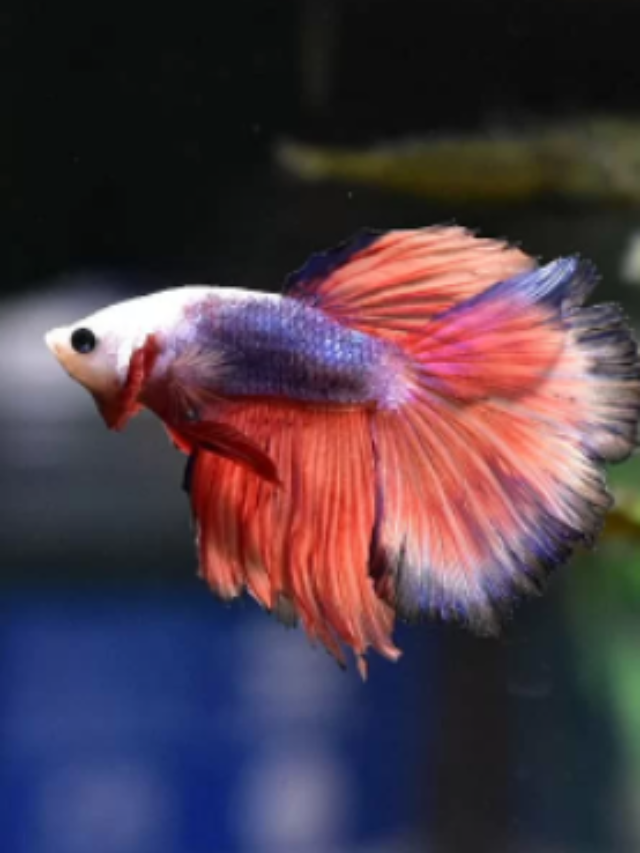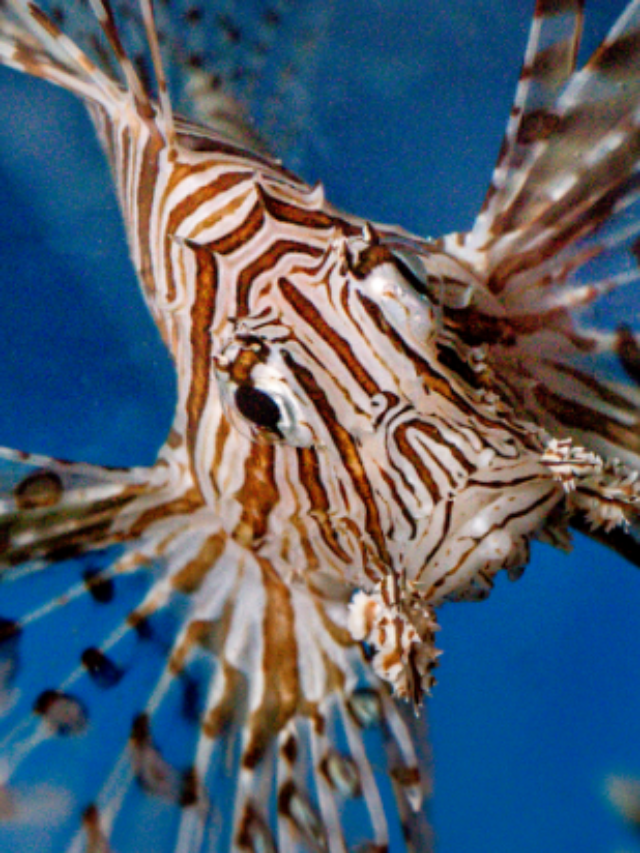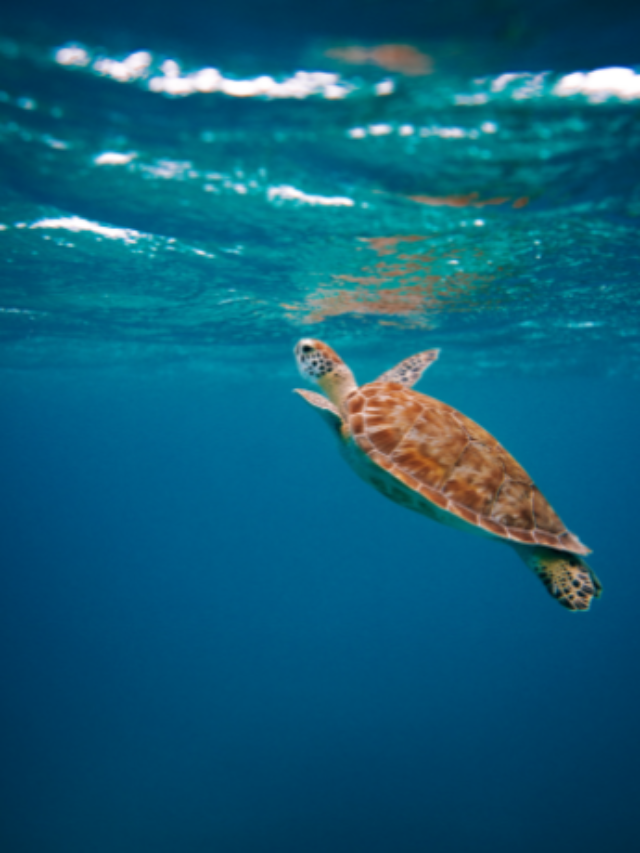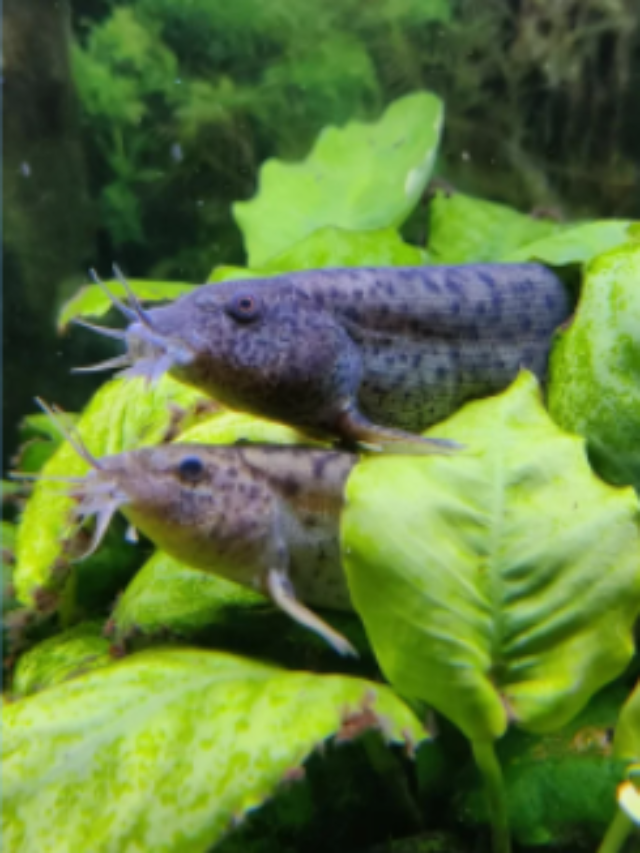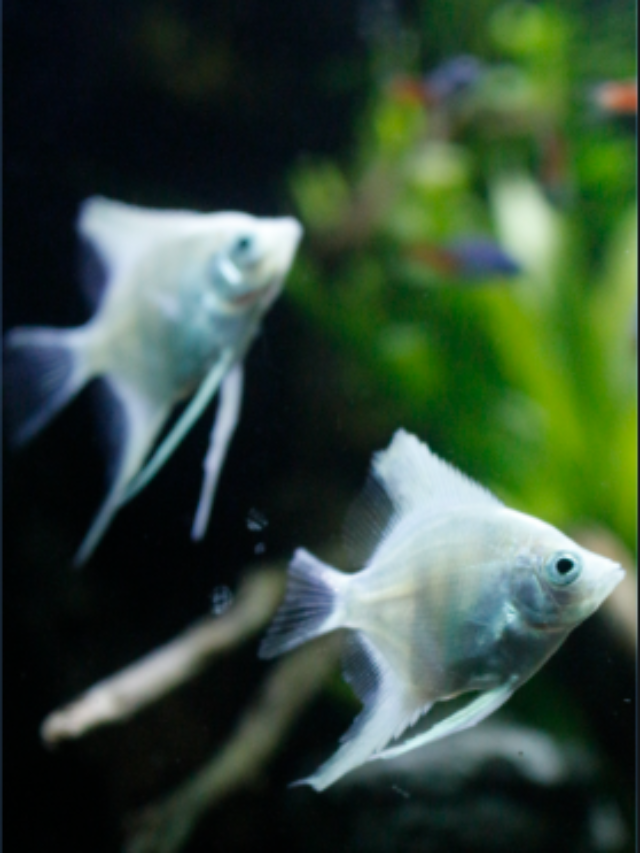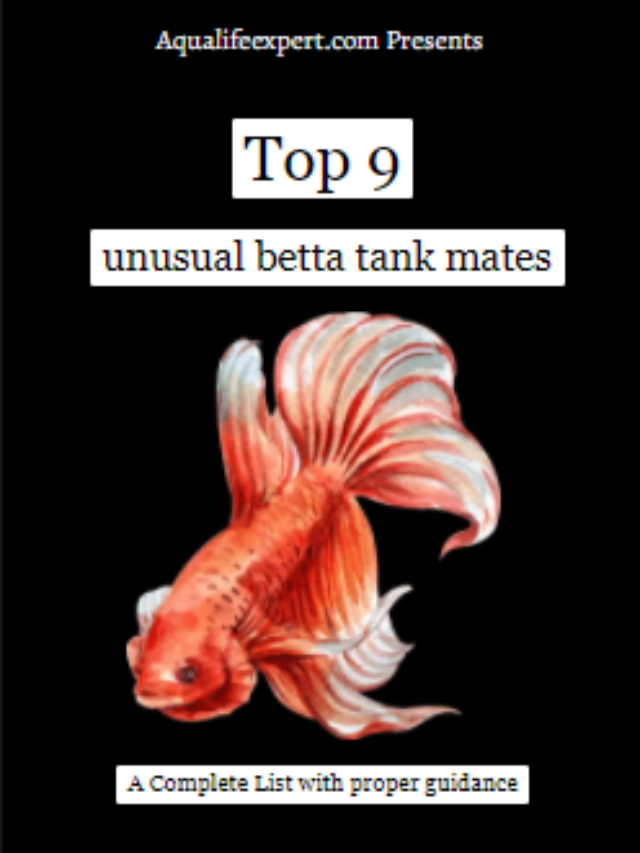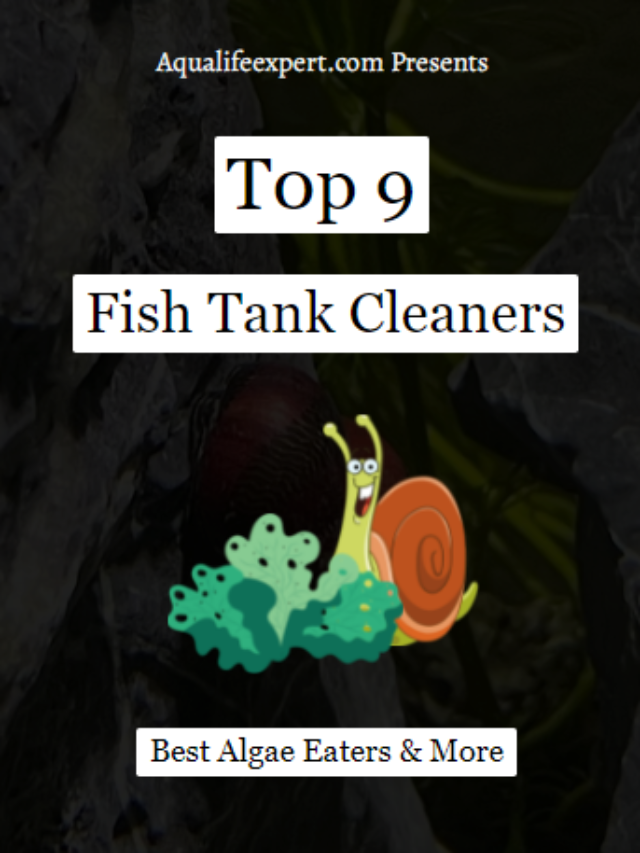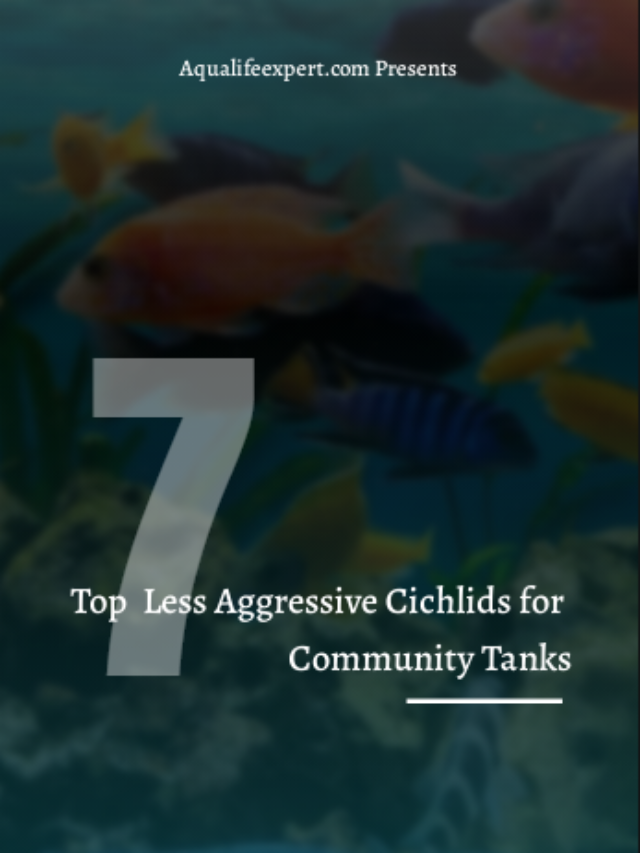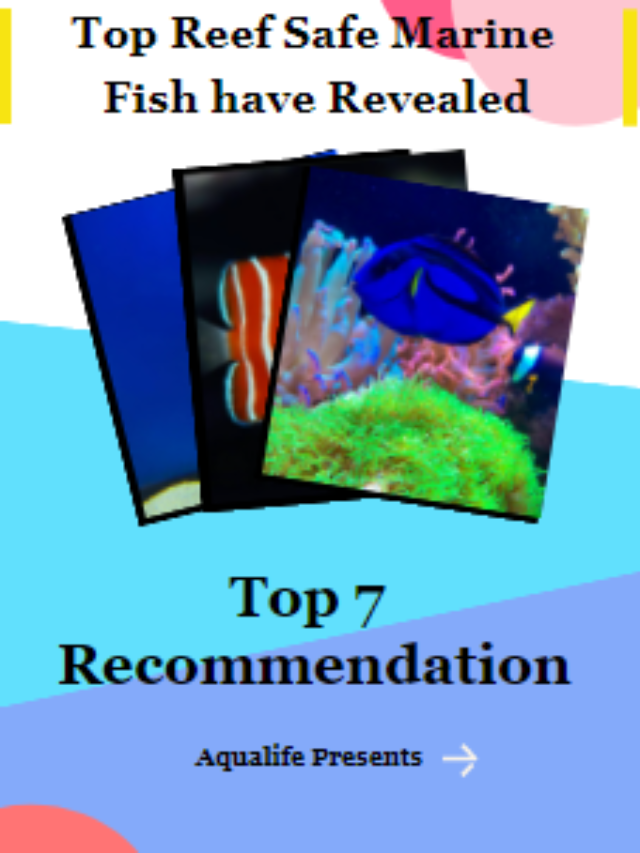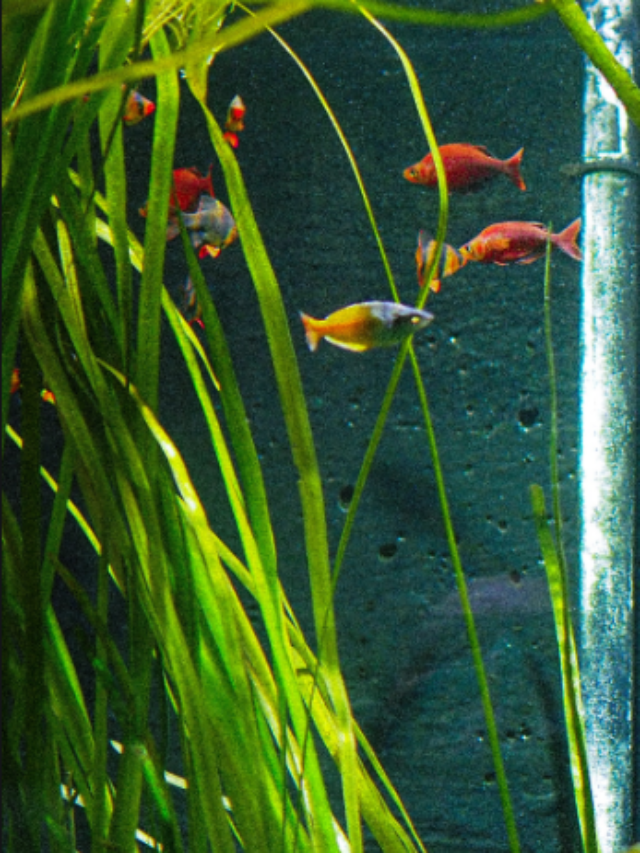Tisbe PODS VS Tiger PODS: Choose Wisely For Reef Tank
Check Our Quick Stories
Mainly copepods have two common types. One is tisbe pods and another is tiger pods. Generally, new reefers remain confused with the pods when they start. They may think both are the same. But actually, this is not the case.
Tisbe pods (0.033 inches) are smaller in size than tiger pods (0.066 inches) and all types of fish are comfortable with tisbe pods. Tigers pods are more nutritious but not for smaller mouth saltwater species (seahorse). Both are part of the food web and remove detritus from the reef tank and make the reef tank healthy.
These are the common differences between tisbe pods and tiger pods. But there is more to know about these pods. Let’s know about these
Are tisbe pods beneficial for a reef tank?
Tisbe pods are one type of copepods. Copepods generally are considered as live food for fishes. Fishes need live foods for proper nutrition. Artificial foods can’t give ideal nutrition.
But tisbe pods are only for small-sized fishes, baby fishes, larvae fishes with a smaller mouth. As larvae and baby fishes are not so quick to pray that’s why tisbe pods are the ideal food for these types of fishes. Adult fishes don’t need these pods because adult fishes need more nutrition per day and tisbe pods are not able to give it.
Tisbe pods’ life cycle runs very quickly. It becomes an adult within nine days. After that, it gains the ability to lay eggs. This way the reef tank cycle goes around.
You don’t need to provide food to the fishes or corals anymore if this cycle starts running. But you have to care about it for the first time because fishes may eat all the tisbe pods if you don’t provide external foods.
If you want to make the biodiversity in your reef tank then you have to keep tisbe pods. By culturing tisbe pods, your tank will never have a shortage of food. So for a long term period, this will be beneficial for reefers. The maintenance cost will be much lower for that tank.
You have to introduce these pods in your reef tank when the other predatory fishes are timid and peaceful. You should not introduce these pods in the daytime. All the pods will be eaten quickly. So you have to be careful enough.
Tisbe pods are not only good food for fishes and live corals. This helps to remove the waste material from the reef tank too. These pods eat algae and fish waste. By eating this detritus material these copepods help to maintain the ammonia level in the tank. You don’t need to check the ammonia level all the time. Ammonia spike will not happen. Fishes will thrive more in that tank. Overall the tank will be healthy enough due to tisbe pods.
Tisbe pods nutritional value
- 30% – 42% protein content
- 3% – 43.2% amino acids
- 10%-19% fatty acids

Read more:- Various types of pods in a reef tank with nutrition values
Are tiger pods beneficial for a reef tank?
Tiger pods are a similar type of copepods to tisbe pods. These are slightly bigger in size (0.066 inches). That is why this is not suitable for timid and baby fish.
If you have adult fish then you must need tiger pods to provide them with proper nutrition. Tiger pods contain protein and crude fat. These are important for fishes and live corals to grow.
The nutrient available in the tiger pods is greater than tisbe pods. Tiger pods can become an ideal food for adult fishes. But tisbe pods are not ideal for baby fish. Yes, this can be used for snacks. Rather you can use brine shrimp for your baby fish on a reef or saltwater tank.
Adding tiger pods in a reef tank means that the tank will have biodiversity. Biodiversity helps a reef tank to become healthier. Fishes and corals’ wastes will be eliminated by the tiger pods and tisbe pods both. From here you can see that both tiger and tisbe pods are similar in almost all areas.
Tiger pods reproduce very fast. An adult female tiger pod can lay on an average of 100 eggs at a time. The rate of laying eggs is very fast. Female pods become ready to lay eggs again within a few hours. So this is imaginable how many tigerpods will be there in a tank within a few days. At that point, your reef tank will be unhygienic just because of the huge number of pods.
One thing you have to remember that you should not culture these pods in your main tank. If you have refugium then it is better for the culture there or you can culture these pods in a separate small tank. From that tank, you can take these pods to feed your fish.
Tiger pods nutritional value
- 45% – 52% protein content
- 10%-19% fatty acids
- 3% – 28.2% amino acids
- 5% iodine
Conclusion
Tisbe pods and tiger pods both are easy to culture and both of these copepods are beneficial for reef or saltwater tanks. but you should not culture them directly in your main tank. This is a much safer way to culture them in a separate tank. Here we have discussed which type of fishes love which type of pods. You must maintain these facts seriously if you want to be a good reefer.
So best of luck & happy fishkeeping 🐟



